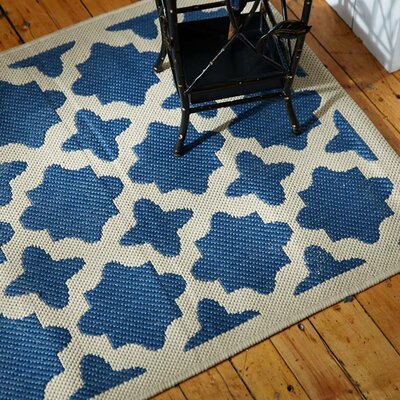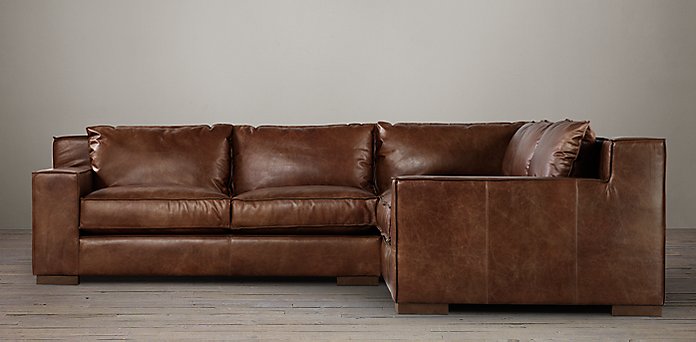1. Indoor/Outdoor Rugs in
the Dining Area: Sounds silly, but having an indoor/outdoor rug under my
dining table has been one of the best decisions I've made for my kitchen. Prior
to my current dining table and chairs I had a completely different set and a
different rug as well. I had originally had a square table with a rectangular
rug. It looked cute, but I didn't think through the rug at all. I had chosen a
shag rug, and it was nearly impossible to keep clean. It just trapped
everything from dust to food to dog hair.

It was an absolute pain so when I went with my second table, which
was a high top, I didn't use a rug at all. This was in a very small apartment
in the Westport area and that worked out well for that space. Once I moved into
my row home, I realized that I would eventually want a "real" table
and chairs again. I really wanted a rug in there as well to add interest,
texture and color, but was really hesitant to pull the trigger. I chose the
indoor/outdoor primarily because it was cheaper and hoped it would be easier to
clean.
I have been so happy with my purchase! The
best part is I can just sweep directly over the surface and if a liquid is
spilled I can absorb it easily by lifting it up, wiping what leaked through,
and then lightly cleaning the top surface. This may be more challenging
with red wine, but here is
a simple way to clean that up as well.
2. Functional Sofa/Sectionals: Comfort is a priority some designers tend
to overlook, but really isn't functional for day to day use. I don't really
know anyone who wants to lie on a Victorian couch to watch a movie. While decorative
couches serve their purpose well for entertaining and look; they just aren't
always that practical for a home that has one living area. Taking into
consideration you and your family's height, frequency of use, and purpose of
the space is important when selecting functional seating.
Couches can also be very frustrating when they are made of
materials that are difficult to clean or are light colors. I absolutely love
the look of white or cream couches, but would never dare to attempt to maintain
one. I have a black Dachshund that would make a white couch look more like a
Dalmatian. I currently have a black leather couch that I purchased from TEMA in
Albuquerque, NM about eight years ago. It's maintained its shape and is very
easy to maintain in terms of cleaning. Be sure to ask plenty of questions about
the leather or material when purchasing a sofa. I would also recommend
searching for reviews online about the material and not just rely on the
knowledge of a sales representative.

This
is a gorgeous, but a little higher priced leather sectional from Restoration
Hardware. They have a lot of basic and comfortable sectionals like this Capri leather sofa.
3. Don't Crowd Your Walls or Floors: It's easy to get carried away with
decorating and deciding what should stay in a space or go. This can be
especially true for walls. You don't have to cover every inch or section of
wall that is available In dorm rooms, closet spaces, and storage areas this
makes more sense, but not everywhere in your home. Adding more and more
decorative items to a small room can make it feel cluttered and often lose the
opportunity to make the space more practical and functional. Large spaces have
more freedom, but can also distract from architectural details and bog down
natural existing design.
For example, every space between two
windows or a window and a door does not need to be covered in pictures or
decorative items. Often new apartment or home owners will be excited to
decorate and plan out areas of their walls, but it just becomes too much all
too quickly and defeats the purpose of design and creating a tranquil
environment. Decorative clutter isn't much different than just regular clutter.
Using fewer items, higher hung curtains, and mirrors can help add space, light
and an overall feeling of calm in smaller spaces.
Furniture size is also important when selecting pieces to a room.
Even if you aren't adding too many items, if they are too large for the space
you can still end up with a cluttered effect. This really limits your design
options and opportunities to add fun items such as throw pillows, area rugs,
ottoman, console tables, plants, and lamps. Choosing small items for small
spaces is important and when filling a large space it's also important to not
get carried away with filling every available inch. A well designed room can
quickly look like a hoarders dream land if you aren't careful.
4. Organization:
Not only do you want your walls and floors
to be clutter free, you want everything to have its place and even your drawers
to be organized. Most of us have at least one catch-all drawer, but do we
really need that? How often do we actually use those items and can they be
easily organized?
Every room in the house requires
organization. The kitchen drawers can become easily cluttered messes, wires peeking
out from behind TV's and nightstands can create visual clutter, and bathrooms
can turn into makeup and hair product explosions if not regularly kept. Organization
is also not just a one-time act of getting it together; it requires ongoing
maintenance. This maintenance is really the key. One simple trick is every time
you purchase something new, something old has to go. This way you won't
continue to acquire (junk) while updating your closet or kitchen.
5. Lighting: This is something that is almost always overlooked in a
space. Overhead lighting and most built in lighting is just plain harsh,
unflattering, and hard on the eyes. Adding softer lighting that isn't blaring
down on you and your guests in your home will help with ambiance and
potentially avoid headaches and straining of the eyes. It also helps soften the
mood and calm the feeling in the room.
Overhead lighting in most dressing rooms are terrible for example. This woman even went to several major retail stores
and took selfies to prove it. You really don't want your guests (or yourself)
to look horrible over dinner with lights blaring down and creating unflattering
shadows! Just say no!
Energy conservation is another practical
aspect of lighting that is important to take into consideration. Today most
bulbs are measured differently than by watts in terms of their energy
efficiency. Lumens for example can help you choose a
brighter bulb for an area that you would want to have well lit, for example the
bathroom, kitchen, or a room with no windows. The warmth or coolness of the
bulb is also an aspect to consider when creating a specific mood or effect. The
colors in the room (particularly the wall color) can also impact your decisions
and selections for lighting. I personally have used the dining area the most in
every home I've lived in and have really enjoyed my recently added floor lamps
with soft warm bulbs. I have two flanking the table, which provides just the
amount of light for a relaxing dinner or end of day glass of wine and cheese!
Cheers!!

No comments:
Post a Comment